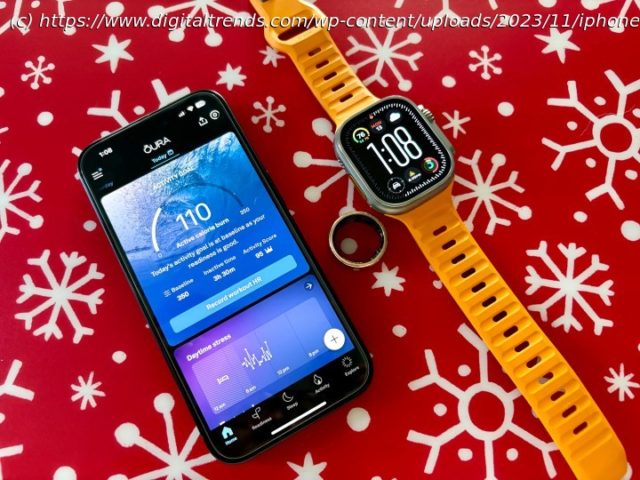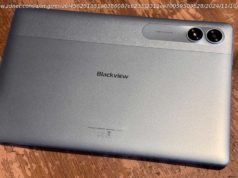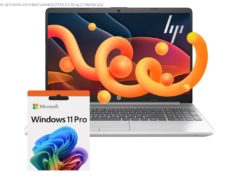November is Diabetes Awareness Month. The iPhone and Apple Watch are valuable tools for diabetes management — here’s how I use them to control my diabetes.
It’s November, which means it’s Diabetes Awareness Month, with World Diabetes Day recently happening on November 14. According to data from the Apple Heart and Movement Study (AHMS) and Apple Women’s Health Study (AWHS), there are about 537 million adults worldwide who are currently living with diabetes, with that number potentially reaching 643 million by 2030. In the U.S. alone, about two out of five people will develop diabetes in their lifetime, and more than one in three adults have elevated glucose levels that put them in the pre-diabetes zone.
I was pre-diabetic since my college years (it runs in both sides of my family), but then my doctor officially diagnosed me with Type 2 diabetes around early 2018. However, I was told that my case was more “mild” than others and that taking some medication — while also cutting out carbs and sweets, plus daily exercise — can help me keep it under control.
Though I’m not perfect and could do better with my diabetes management, my iPhone and Apple Watch have proven to be valuable tools. Here’s how.Always checking my blood sugar levels
Though I was never told that I needed to monitor my blood sugar, I wanted to do it anyway. I prefer to stay on top of things, and I also just like seeing the data.
The problem with traditional blood glucose monitors is the fact that they mostly look archaic and clunky, but I eventually found the One Drop diabetes management platform. I got its starter kit with the blood glucose meter, test strips, and lancet. The meter connects via Bluetooth to my iPhone, so any readings can sync directly with the app.
I typically check my glucose at least once a day, in the morning when I wake up. When I was pregnant, I checked my glucose pretty much after every meal since I was at risk for gestational diabetes, but I haven’t been as disciplined about that since. But if I know I just had a lot of sugar, or if I am feeling weak due to low blood sugar (hypoglycemia), then I will check when necessary.
All my readings are logged in the One Drop app, which also feeds all data back into the Apple Health app with everything else. The One Drop app also can give you an estimated A1C (average blood sugar levels over the past three months) based on your data, which I have found helpful to see if I’m still on track with my goals. The Apple Watch app also has a complication for viewing your average glucose levels for the day, which I found especially useful when I was pregnant.
It’s important to note that One Drop has been around for quite some time, but I just received an email over the weekend that they are shutting down its premium service and web store (where you can purchase diabetic supplies).






